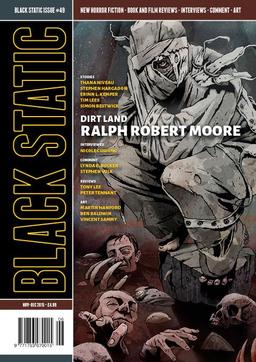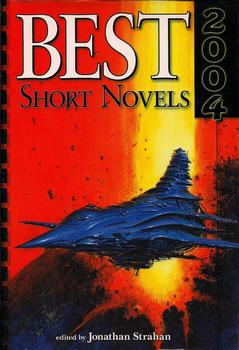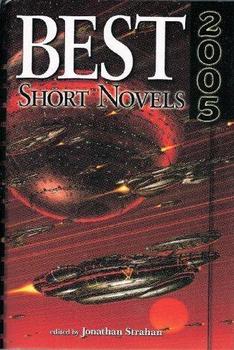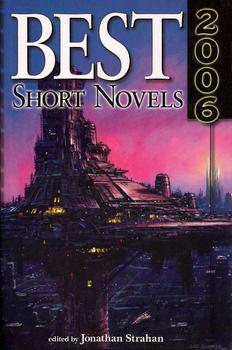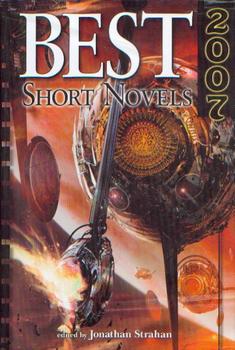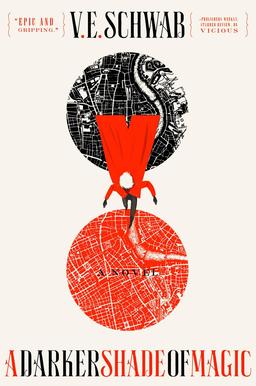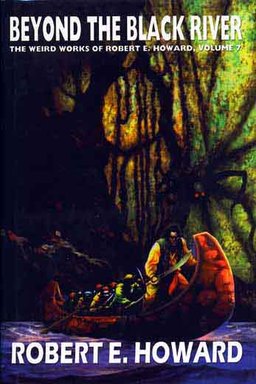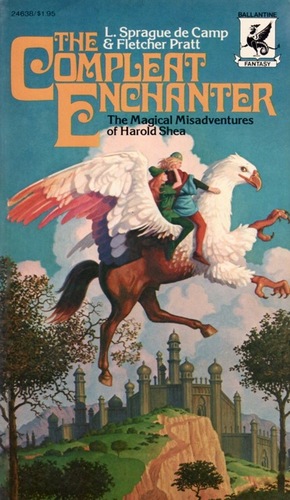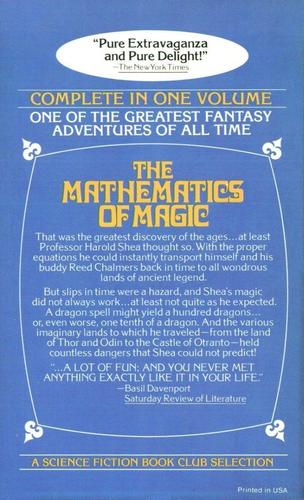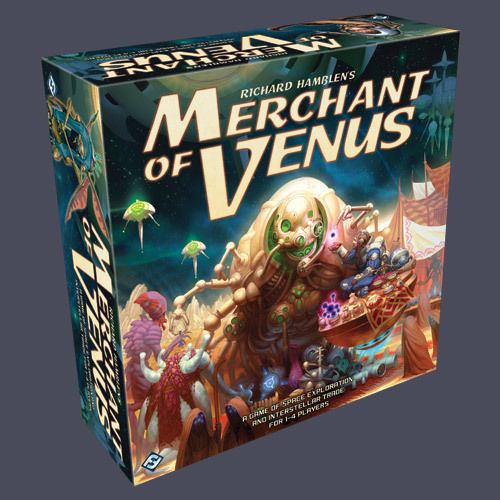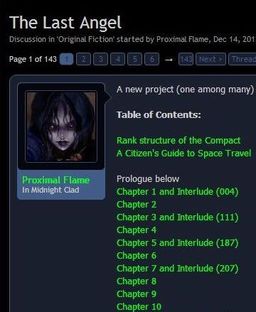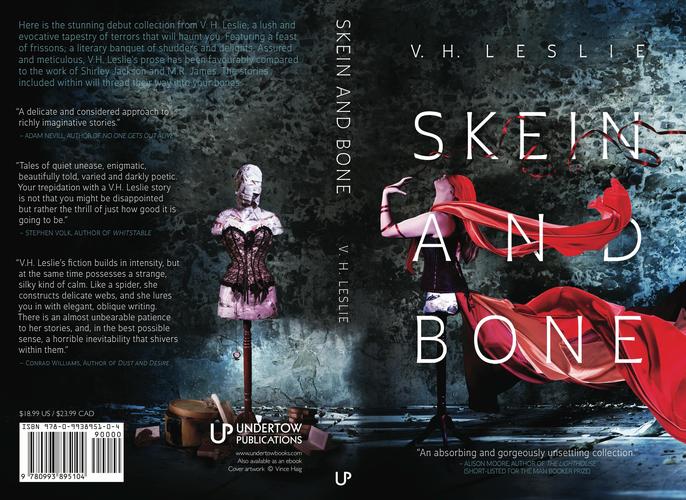Star Trek Movie Rewatch: Star Trek (2009)
Fans of Eighties new wave music might remember a song by Timbuk 3 called “The Future’s So Bright, I Gotta Wear Shades.” Which should have been the theme song for the J.J. Abrams “reboot” of Star Trek. I’d heard about the much maligned lens flares favored by Abrams but until I actually watched the movie I truly had no idea. It’s such an extreme exercise in cinematic brightness that I found myself fighting off a headache at a few points.
But enough of that. Let’s have a few words about reboots. I don’t care much for them. Nor do I care much for the concept, in general. Which can only come about when lawyers and accountants make decisions that should be made by “creative” types. Yes, I understand that the making of TV shows and movies is not a charitable endeavor but when a pretense of creativity isn’t present then what’s the point?
Which is the whiner’s way of saying that even though I was a fairly avid fan of the original Star Trek series I had no interest in watching the reboots. I might have never watched them if it hadn’t been for this movie rewatch project. But after tackling the first two “real” Star Trek movies I found myself getting curious about how the reboots had played out. So I skipped ahead in the chronology.

